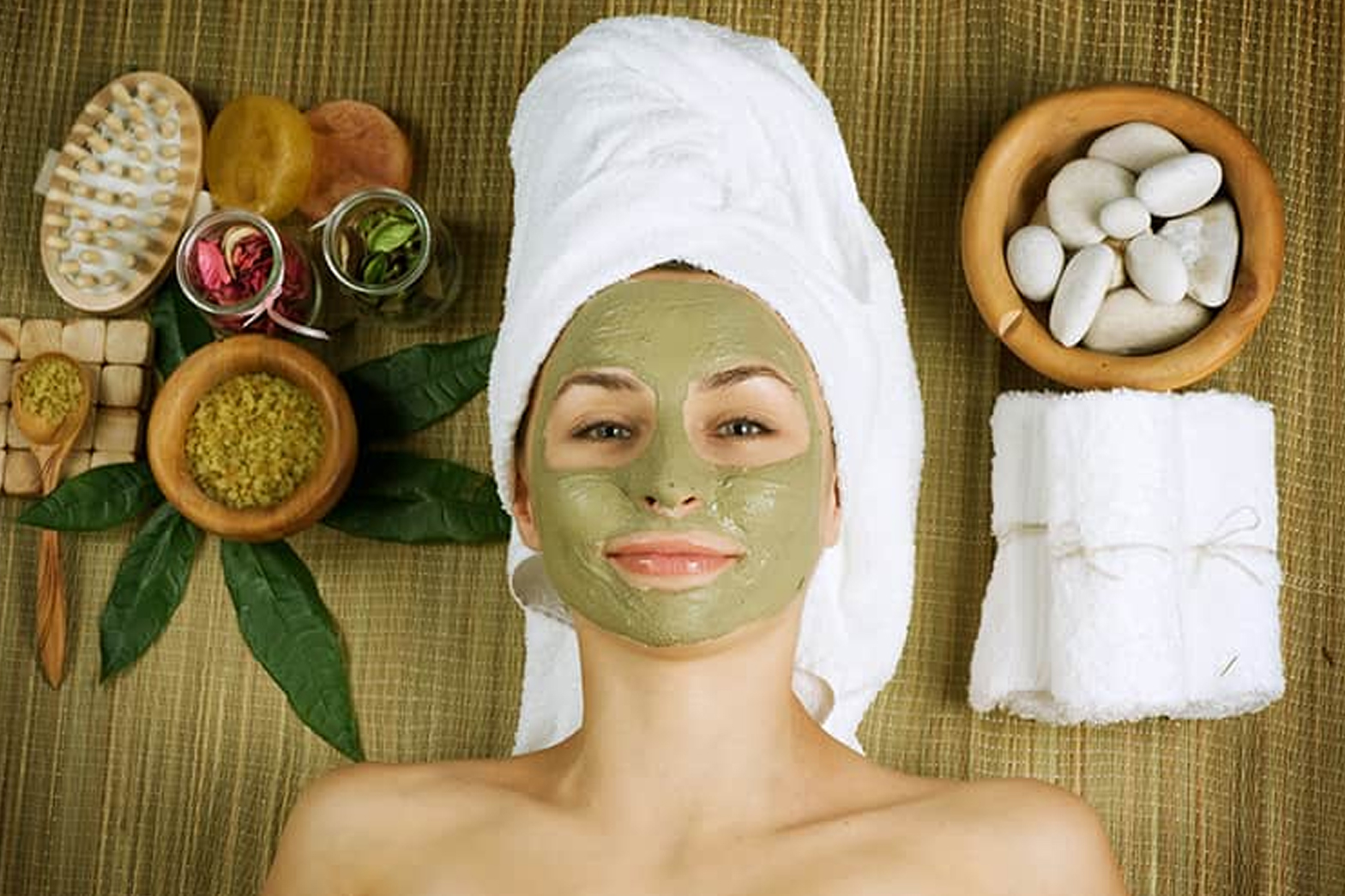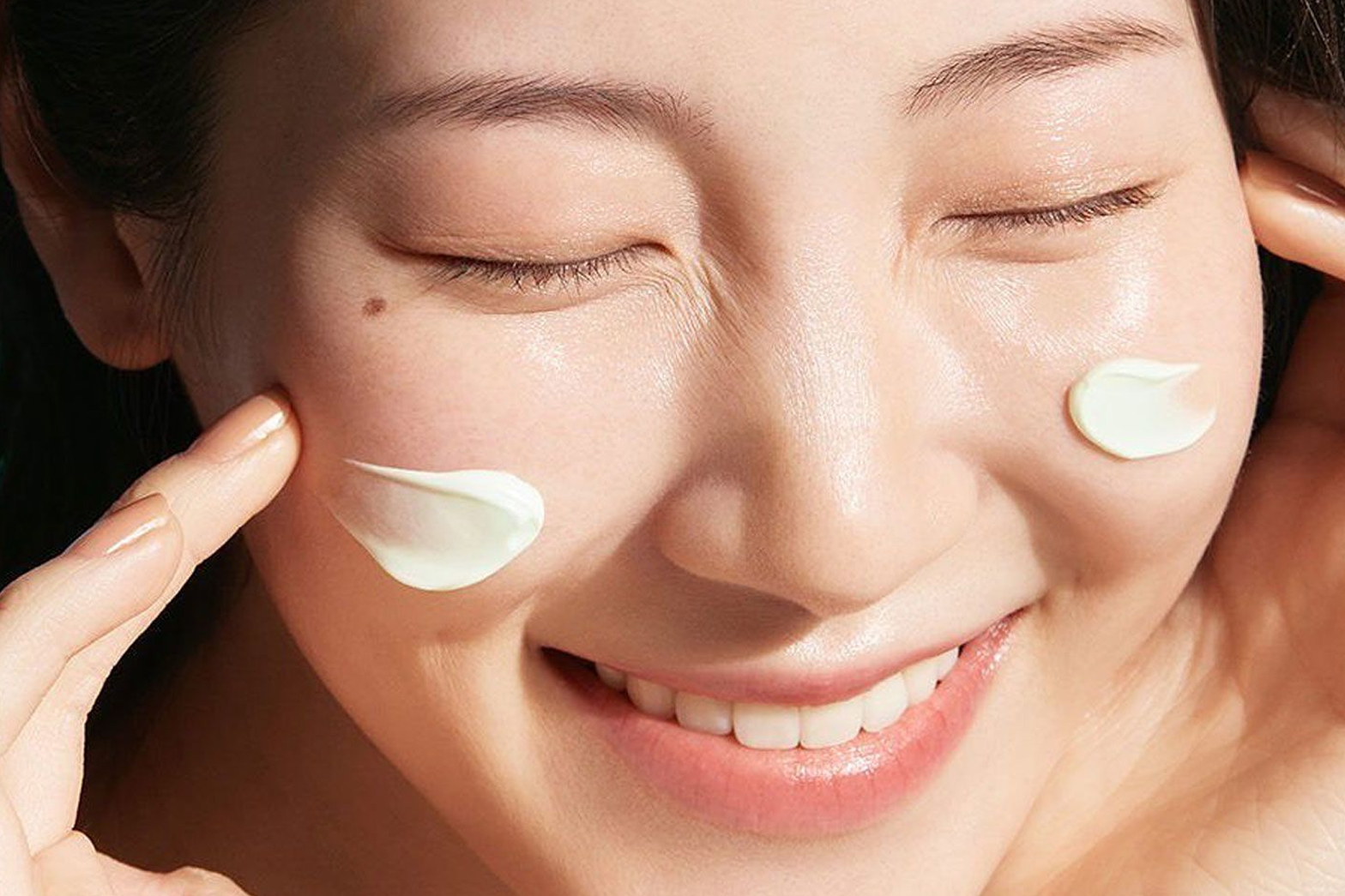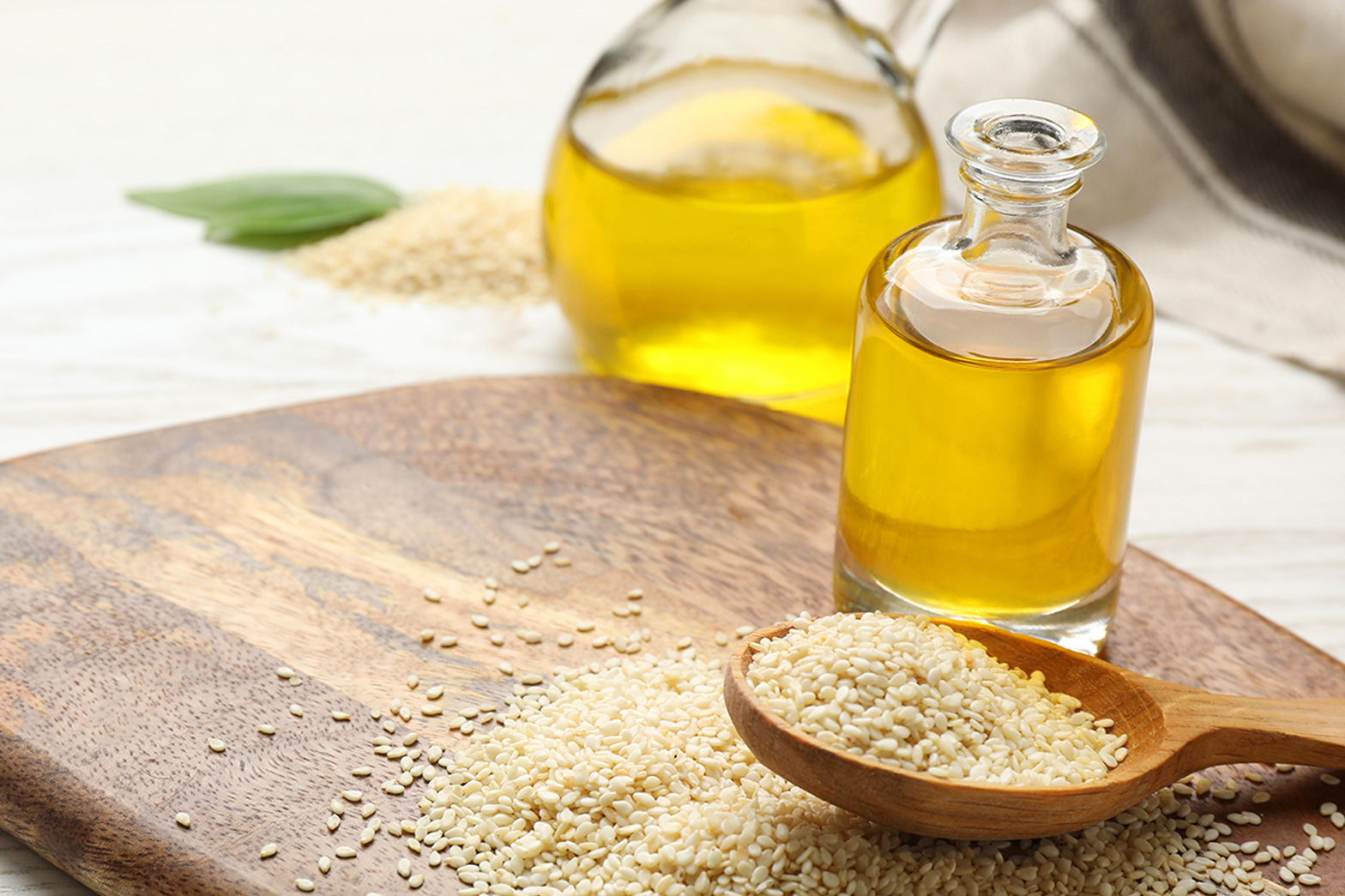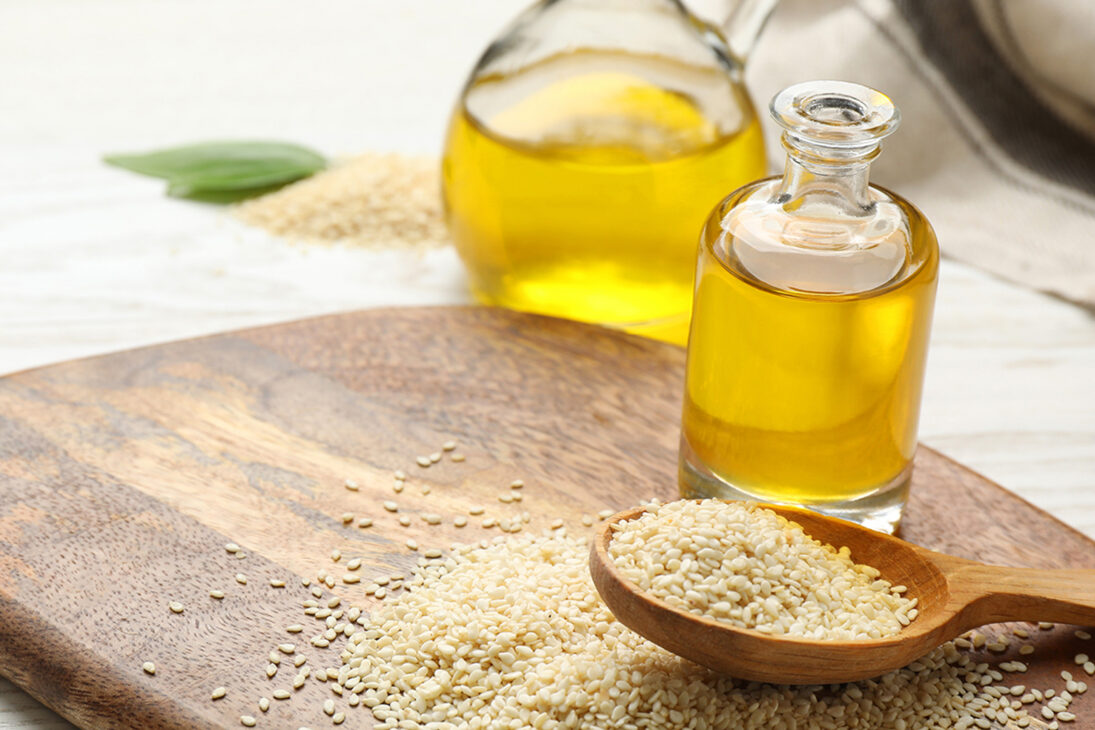
“Balancing Act: A Guide to Foods for Oily Skin – What to Include and Exclude”

You are what you eat. The food you eat has a big impact on your skin condition, especially oily skin. Yes, diet for oily skin will help you solve many skin problems like excessive oil production, greasiness, enlarged pores, acne, blackheads and whiteheads. Most of us try various topical remedies to solve these problems but don’t focus on what we consume. So why not eat a balanced diet that will help you combat oily skin? All you need to do is avoid some foods that make your oily skin problems worse. Would you like to know what foods these are? We’ve put together a list of foods to avoid and eat if you have oily skin to help deal with the most common problems. Continue reading.
1. Cucumbers
Cucumbers contain 95.23 g of water per 100 g. This means they consist mostly of water. As we all know, hydration is very important for good skin. Water flushes toxins from your body and facilitates the proper release of hormones. Additionally, cucumbers are high in antioxidants, which are essential for good skin. They are also anti-inflammatory, which helps reduce acne (1), (2).

2. Whole grains
Eating whole grains instead of processed carbohydrates improves skin texture and improves your complexion. Always choose foods that are minimally processed – for example, opt for whole wheat bread instead of white bread. Foods like whole-grain buckwheat contain the antioxidant rutin, which helps prevent skin damage caused by inflammation. Wheat germ contains biotin, a B vitamin that helps with fat processing. When biotin levels in your body are low, your skin becomes dry, itchy, and flaky (3), (4), (5).
Fiber-rich foods like oats and brown rice help remove toxins from your body, improving your skin, hair and health. Fiber can help fight constipation, which causes imbalance in the body and is a major cause of clogged pores, acne, and other skin problems (6).
3. Nuts
Nuts are high in omega-3 fatty acids, which are essential for clear, healthy skin. They also have anti-inflammatory properties and help improve skin texture. But be careful not to consume too many of them or they could have the opposite effect on your skin. Limit the amount to a handful per day (should be in your fist) or less (7), (8).
Foods like soybeans, avocados, nuts, salmon, and tuna contain omega-3 fatty acids, which are great for your skin. Omega-3 fatty acids are anti-inflammatory and play a role in regulating systemic inflammation. Increasing the omega-3 fats in the diet makes it easier for the skin to heal. Regular consumption of omega-3 fatty acids reduces inflammation and can reduce the risk of acne and other skin problems by reducing insulin-like growth factor (IGF-1) and preventing hyperkeratinization of sebaceous gland follicles (9).
4. Bananas
Bananas contain vitamin E, phosphates, and potassium, which improve skin health. They are also amazing detoxifiers. Eating a banana every day can help shrink pores, preventing dirt from getting in. The antioxidants in bananas also help fight oxidative stress (10).
5. Avocados
Another great fruit for healthy skin is avocado. It contains fatty acids that are extremely healthy for the skin and prevent the secretion of excess oils from the sebaceous glands. It’s a great source of antioxidant carotenoids like alpha-carotene, beta-cryptoxanthin, beta-carotene, zeaxanthin, and lutein. Adequate amounts of carotenoids in your diet improve the density, thickness, tone, and texture of your skin (11), (12).

6. Spinach
Green vegetables like spinach, kale, and broccoli do not contain oil. They’re high in fiber, which, as I mentioned earlier, helps cleanse the skin and regulate oil production. Spinach also offers anti-aging benefits (13). A cup of spinach contains about 164 grams of water. A healthy diet also includes adequate water intake. Without enough water, skin becomes dehydrated, dry, tight, and flaky, and your oil glands can go into overdrive trying to combat this, resulting in oily skin.
Broccoli is also a superfood. It contains vitamin C, magnesium and vitamin A that prevent clogged skin pores. It also has an anti-inflammatory effect and soothes the skin. It helps control oil production, which reduces the risk of acne and other skin problems (14).
7. Lentils and legumes
Lentils are rich in nutrients. Regular consumption in the right amount can help control oil production and thus ensure clear skin. Legumes also control oil production in the body. They contain amino acids that do not break down into sugar when consumed, which actually increases oil secretion (15).
8. Oranges
Citrus fruits such as oranges and lemons contain vitamin C, which has positive effects on the skin. They also contain detoxifying ingredients that flush out excess oil from your skin, making it healthier. The natural oils in oranges help moisturize the skin. They also contain citric acid, which helps dry out acne and improve the texture of your skin (16).
Lemons, on the other hand, help eliminate toxins from the body and promote healthy liver function, leaving skin clear and supple (17).
9. Dark chocolate
Finally something you’ve been dying to hear! Yes, you can have dark chocolate – you just need to practice portion control. Due to its higher cocoa content, dark chocolate contains higher levels of polyphenols, antioxidants that protect and improve the skin. On the other hand, other studies suggest that continuous consumption of dark chocolate can lead to acne breakouts. Therefore, moderation is key (18), (19), (20).

10. Coconut water
Coconut water is great for moisturizing the skin. It helps keep skin clear and supple and prevents breakouts, acne and blemishes. It is a good source of vitamin C, riboflavin and calcium and contains minerals such as magnesium, potassium and manganese. It may also have potential anti-inflammatory effects (21).
11. Lemon juice
Lemon juice helps remove toxins from the body and promotes healthy liver function, leaving skin clear and supple. The vitamin C in lemon helps rejuvenate the skin from within and prevent age spots. Regular consumption of fresh lemon water can cure acne, blackheads and all such skin infections and control oil production (22).
Now that we know what we should eat, let’s take a look at all the foods we definitely shouldn’t eat.
Foods to avoid if you have oily skin
These are literally the worst foods for oily skin because they increase oil production in the skin. Avoid them as much as possible.
1. Dairy products
Although they make up a large part of your diet, they have a negative impact on your skin, especially if it is oily. They have high levels of hormones (like testosterone) that stimulate the sebaceous glands in the skin, making it oily and greasy (23).
2. Caffeine
One study suggests that coffee reduces insulin sensitivity (24). This means that your blood sugar levels will stay high for longer than usual after drinking coffee. This can increase inflammation and make your acne worse.
3. Refined carbohydrates
Refined grains like white noodles, white flour (maida), junk foods, and processed juices can be harmful to your skin as they spike your blood sugar levels and send oil production into overdrive (25).
4. Inflammatory fats (saturated fats and trans fats)
This is a piece of cake. If you have oily skin, avoid fatty foods. Consuming lots of saturated fats can increase inflammation in the skin, which can lead to excessive oil production. Avoid red meats such as lamb, sausages, beef and bacon, as well as pizza, butter, cream, cheese, cakes and pastries.
Trans fats are also very harmful to your skin. They are created when oil goes through a hardening process called hydrogenation (also known as hydrogenated fats). Trans fats are found in most processed foods. Therefore, check the labels before purchasing them (26).
5. Added sugar
Consuming sugar causes your blood sugar levels to rise. This causes more insulin to be produced, which in turn causes the glands to produce more oil. This leads to oily skin and acne. Avoid cakes, cookies, jam, pastries and sweets, as well as cereals, granola bars, crackers and carbonated drinks. Consume natural sugars found in fruits and vegetables in moderation (27).
Share













































